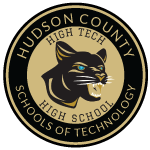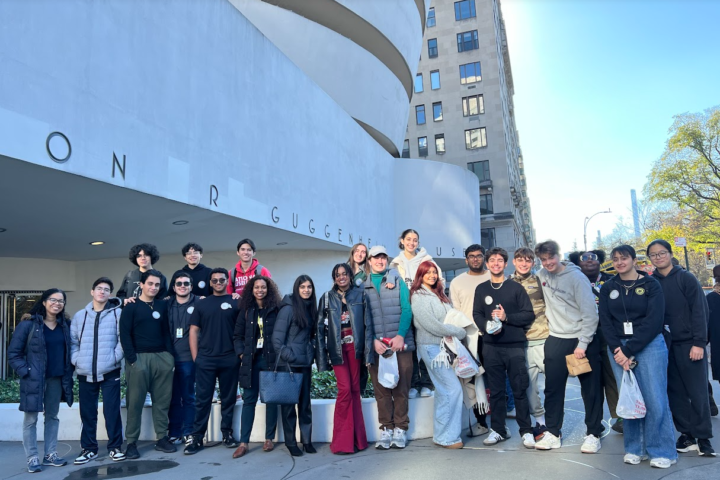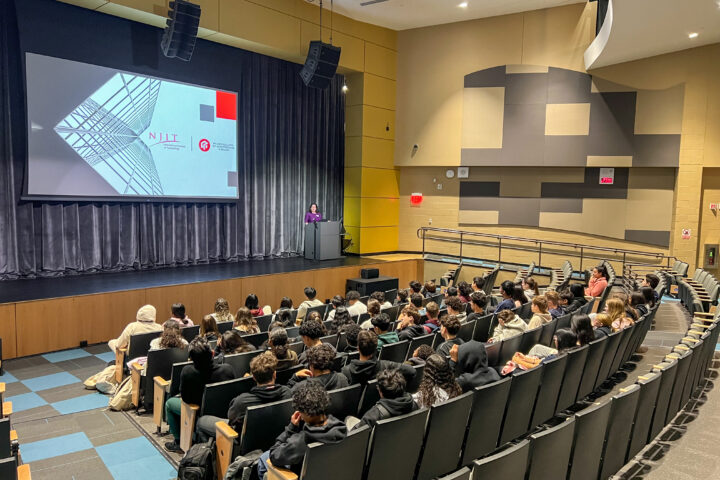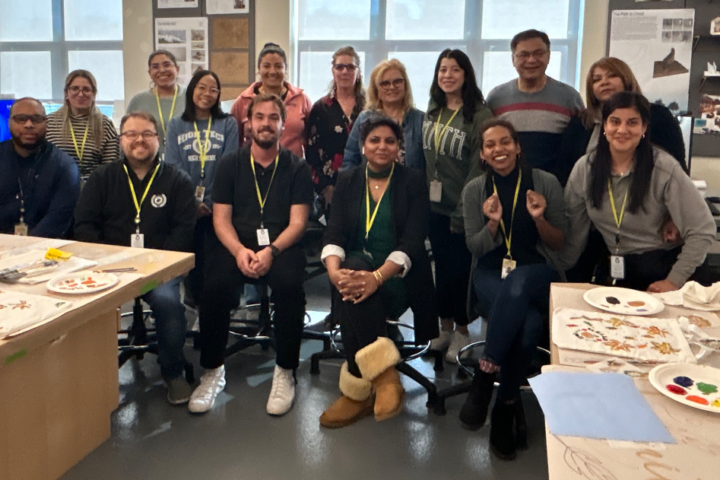Eshaan Mangat, of Secaucus, NJ, received the gold medal in the Medicine and Health category of the Hudson County STEM Showcase. He is now competing to get into the Intel International Science and Engineering Fair (ISEF), the world’s largest international pre-college science competition. Eshaan is currently a junior in High Tech High School’s Academy for Design and Fabrication (D|Fab), where he majors in Computer Science. Robert Feliciano, another D|Fab junior who majors in Computer Science, recently sat down with Eshaan to discuss his interests and to understand Eshaan’s goals for this project and beyond.
R: Do you want to go into the STEM field for a career? If so, do you have a specific job in mind?
E: For sure. The STEM field really appeals to me and as a big math and finance guy, I would hope to be a quantitative analyst out of college. They pretty much predict stock behavior using math.
R: Has your time at High Tech influenced your decision to go into the STEM field or has it been something you have known you wanted to go into?
E: STEM was also a large part of my life and I actually won a few medals in the Hudson County STEM Showcase when I was in elementary and middle school so it has played a large part in my life. My time at High Tech has enhanced my passion for it though. Being around others who share similar interests and learning from some of the best teachers, my passion for STEM has been cultivated and nurtured.
R: How was your experience at the Jersey City Medical Center/RWJBarnabas Health STEM Showcase?
E: It was an overall great time. We went there and watched a planetarium show and immediately after began presenting. I had a great time presenting and I even got the chance to catch up with a few old friends from a summer program and from my hometown of Secaucus. My brother was also actually presenting his project in the middle school portion of the fair.
R: Please describe what your project was about.
E: I completed my project over the summer at NJIT with the math department through the Liberty Science Center’s Partners in Science Program. What I was doing was seeing whether magnetic drug targeting was a viable method of drug delivery. So what happens is drugs cause side effects because they spread throughout the body when they should only be in a certain area. What we said was what would happen if these drug particles were magnetic and we put a magnet where we wanted all the drug particles to go. We modeled this on a computer using a few programs and were able to show that magnetic drug targeting would indeed work.
R: Do you think you’ll be able to advance to the Intel ISEF with your project?
E: The competition is stiff but hopefully everything works out.
R: Why did you make a medical project and not a project relating to the science courses you are in right now, like AP Physics and AP Computer Science Principles? Do you like medical sciences more?
E: While it seems as if the project is a largely medical based project, it only has applications in that field. Predicting the paths of the drug particles is completely math and physics based. We had to take into account the drag on these particles, how fast they were moving, the forces caused by the magnets, and even the chance of these particles bumping into each other. I actually conducted research with the NJIT math department. I am through and through a math, physics, and engineering person.
R: Thank you for this interview, Mr. Mangat. I wish you luck on your journey to the Intel ISEF and to college and beyond.
E: No, thank you.




